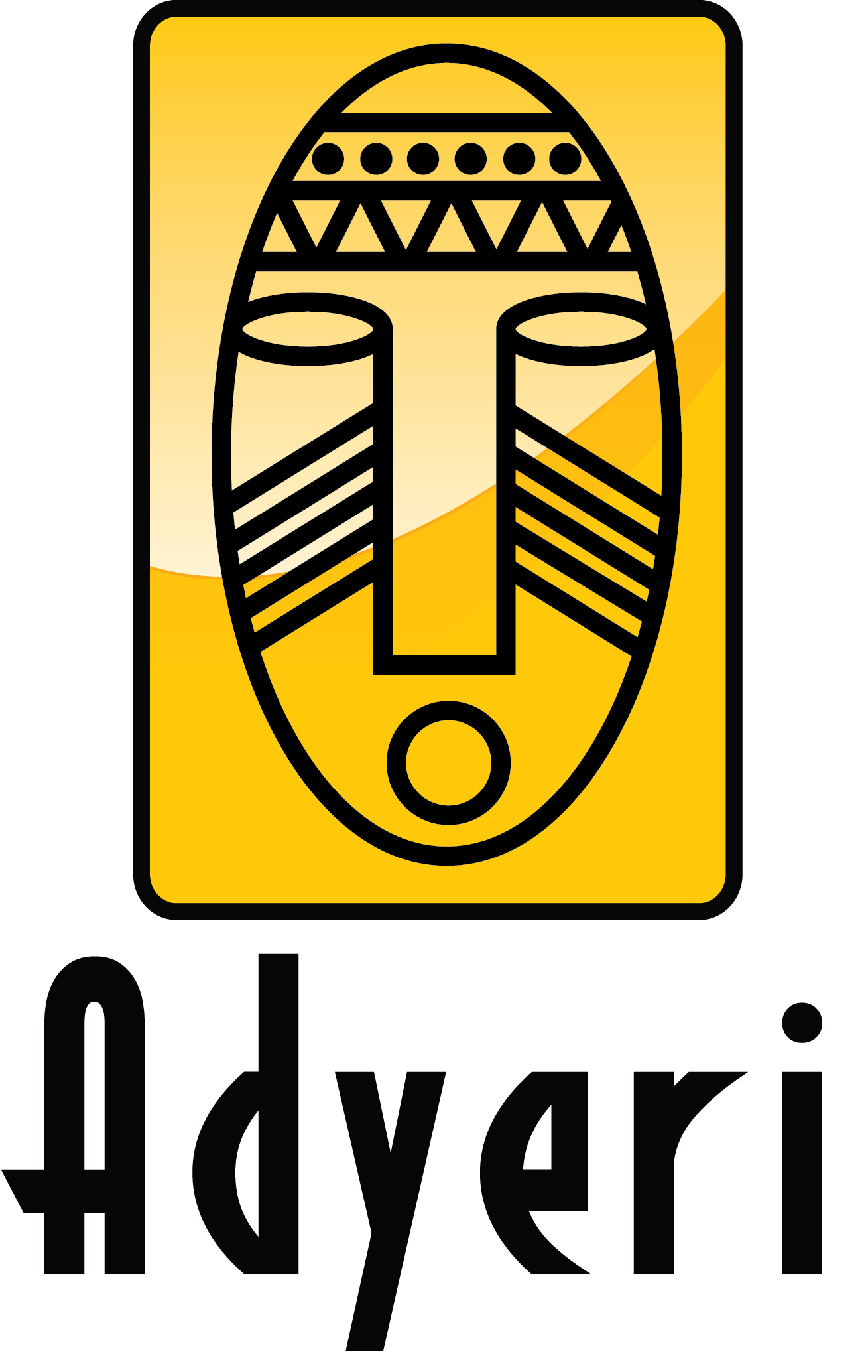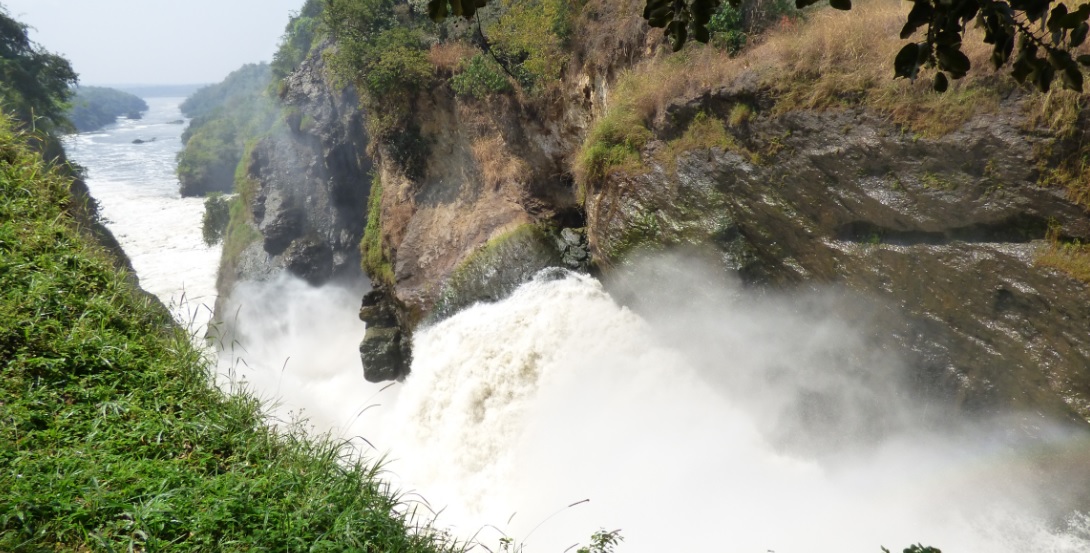Lake Mburo National Park
Lake Mburo National Park - Uganda
Gazetted in 1982, this park not only encompasses Lake Mburo but also four other smaller parks. It’s easy accessibility from Kampala makes it a favorite destination for short trips. Mainly Savannah with scattered acacia trees, the park features rolling hills, open grass valleys, thickets, woodlands, and rich wetlands. It is home to a wide variety of wildlife and bird life; it is also outstanding in that it has a strong community extension component, trying to work closely with the local people to conserve the wildlife and other natural resources both inside and outside the park.
Getting there
The main turn off to Lake Mburo National Park’s Nshara gate is approximately 110 kilometers from Masaka, 219 kilometers from Kampala and 35 kilometers from Mbarara. Its served by the Kampala –Kabale tarmac road although there is a 24 kilometer dirt road to the park gate.
When to go
The park is enjoyable at any time of the year but is particularly green and fresh just after the April-May and October-November rains.
Where to stay
Ranging from Rwakobo Rock Lodge, Mihingo Lodge to Mburo Safari Lodge, there ample accommodation facilities that are ideal for a memorable safari experience.
Sightseeing
Head south west on the main road from Masaka, where 77 kilometers further on, you’ll come to the town of Lyantonde. If you are interested in African history and archaeology, you may at this point want to divert from the route to Lake Mburo Park. Turn right on the dirt road from Lyantonde that leads to the town of Ntusi, 61 kilometers off the main road. Although a modern village, Ntusi lies on the site of what is thought to be the most ancient large settlement in Uganda. Strong eveidence suggests that the people of once lived there gave rise to the legendary and mysterious Batembuzi gods, who play a central role in Ugandan folklore.
Legend has it that the first empire in what is now western Uganda was that of the Batembuzi. Oral history places the Batembuzi empire at between 1100AD and 1350AD, and evidence in the Ntusi region confirms that a highly centralized society existed there as early as the 11th century. There are interesting displays regarding the Ntusi region at the Uganda museum in Kampala.
The ancient town is thought to have been the largest settlement in Sub-Saharan Africa when it reached its pinnacle in the 12th and 13th centuries. Its believed to have been the capital of an ancient empire stretching all the way to Lake Albert in the north and thought by some to be the source of the Batembuzi legends. Evidence of iron smelting, wood carvings and ivory have been found there by archaeologists.
From Lyantonde on the main Masaka-Kabale road, continue to head south west. In just 13 kilometers at the 50 kilometer marker you will see a signpost for the first turnoff to Lake Mburo National Park’s Nshara gate. There is a second turn off leading to the Sanga gate, 15 kilometers further along the main road at the Sanga trading center. It is a 21 kilometer drive from Sanga Trding center to the park headquarters.
The east side of park features undulating, low hills broken by rocky outcrops, while in the west a series of rugged hills overlook flat bottomed, open valleys. The grassy valleys offer the best game viewing opportunities, with Impalas being the most remarkable species there, as its found no where eels in Uganda. Herds of Buffalo, Zebra and Eland can also be found, particularly by the waterholes during the drier seasons. Oribi and Topi seen in pairs and small groups are abundant. You’ll also spot families of comical warthogs and occasionally reedbuck which hide in the grass.
The acacia and olive woodland harbor shy bush duikers, as well as waterbuck, vervet monkeys and baboons. Keep an eye out for the elusive Klipspringers and rock hyrax on the granite outcrops in the west of the park and in the rocky hills in east.
The five lakes in the park and several other that lie just outside the southern park boundary are home to crocodiles and hippos which can be seen grazing out of the water on cool mornings. The surrounding papyrus swamps hide the beautiful Sitatunga, which has narrow elongated hooves that allow it to ove easily over marshy, unstable grounds.
Predators are rarely seen in the park, which is why it’s possible to walk anywhere within the park borders provided you are accompanied by a ranger. Either full or half day walking safaris, a wonderful African experience can be arranged.
Bird enthusiasts will delight in this park which offers a variety of water and dry land species, including the rare Shoebill Stork, the Abyssinian ground hornbill, and the sadddlebill stork. The forested area of the park are home to the Narina trogon.
As well as walking safaris and the traditional game drives, the park also offers a self guided nature trail and an interpretation center if you wish to learn more about the park, its wildlife and its ecosystem.
For a first hand view of Lake Mburo we suggest going on a two hour boat trip which is perfect for searching out birds, such as kingfishers and herons, at the water’s edge, watching animals come down to drink water and getting an eyeball to eyeball look at the hippos and crocodiles keep in mind that our tour guide will ensure that you keep a safe distance.
Popular Safari Packages
One of the most awesome, breathtaking experiences on earth is to observe a mountain gorilla in its natural habitat. Closely linked by DNA to humans with researchers estimating anywhere between 95-99% these charismatic herbivores can grow up to 6ft tall. This six day Gorilla tour is inclusive of a one day big 5 game drive of the Queen Elizabeth National Park in Western Uganda
With over 1061 species of birds gracing the skyline of Uganda, the country offers an ideal birding safari little wonder the Crested Crane was chosen as the national symbol. Uganda is home to some of the world's finest natural forests which ideally offer a natural habitat for birds. This tour comes with some early morning Big Five safari game drives in some of Uganda's finest national parks and game reserves.
Covering sections of the western part of the Great Rift Valley, this adventurous journey covers large sections of the National Parks in the western part of Uganda. This 13 day Gorilla and Wildlife Safari takes you into the heart of Uganda witnessing some of the greatest Wildlife spectacles nature has to offer. Besides viewing the Gorillas you will also be accorded the opportunity of viewing the elusive Shoebill Stork.
Short Tour Packages in Uganda
Together with 13 other lakes in the area, Lake Mburo forms part of a 50km-long wetland system linked by a swamp. Five of these lakes lie within the park’s borders. This safari is ideal for travelers who are looking at combining a game viewing safari with a one day birding tour. Lake Mburo is located in Western Uganda and was originally gazetted as a game reserve in 1963
Murchison Falls Conservation Area ( MFCA ) comprises of Murchison Falls National Park, Bugungu and Karuma Falls Wildlife Reserves. This is where the Nile explodes through a narrow gorge and cascades down to become a placid river whose banks are thronged with hippos and crocodiles, waterbucks and buffaloes. This safari includes a brief stop over at the Ziwa Rhino Sanctuary.
Queen Elizabeth National Park has a variety of Flora and Fauna and it’s acknowledged to be a habitat for over 95 mammal species with about 612 species of birds. The various species in this park, has made it a unique park most liked by tourists. This safari is an ideal Big Five game viewing safari with the tree climbing Lions offering some truly amazing spectacles.







